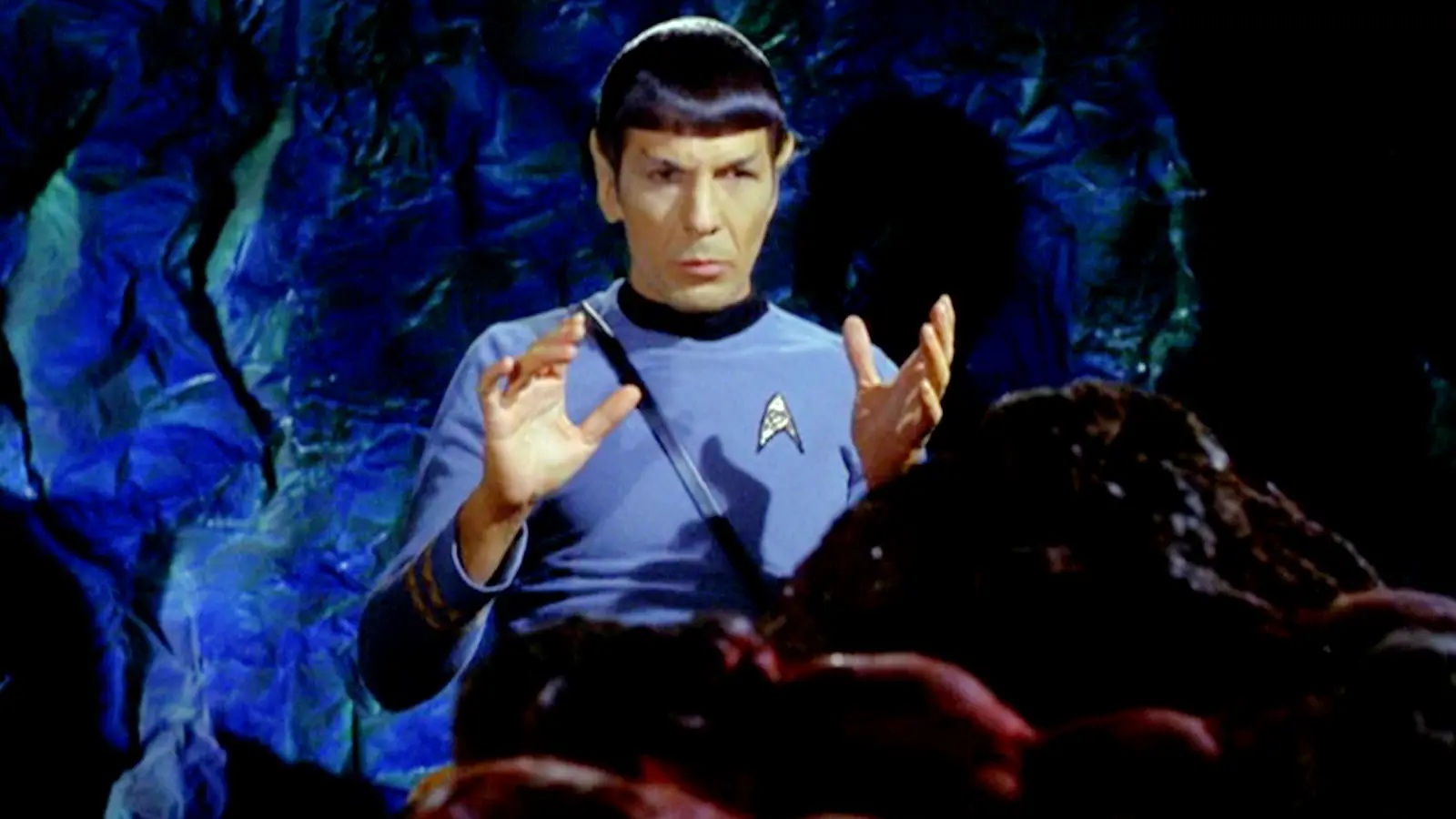Copyright Screen Rant

Star Trek: The Original Series season 1 is packed with classic episodes: "Where No Man Has Gone Before," "The Naked Time," "Arena," "Space Seed," "The City on the Edge of Forever." One that often gets overlooked in that conversation is "The Devil in the Dark," which remains a highlight not just of Star Trek's debut season but of the groundbreaking 1960s series overall. One person who didn't overlook the virtues of "The Devil in the Dark" was Captain Kirk himself. William Shatner's 1993 autobiography listed the episode as the actor's favorite, while Leonard Nimoy has expressed similarly warm sentiments. As great as "The Devil in the Dark" may be, however, it made a mistake by omitting one of the Enterprise's most iconic figures. Why "The Devil In The Dark" Is An All-Time Classic Star Trek Episode On the surface, Star Trek's "The Devil in the Dark" follows a familiar sci-fi format whereby a "monster" is misunderstood and treated as a villain, when the situation really calls for compassion, understanding and communication. The concept was more unique (although still not entirely original - thanks Frankenstein) in 1967 compared to today, but the episode's real strength lies in execution, not originality. Across all of sci-fi, few stories have captured the essence of the "misunderstood monster" trope quite as effectively as Star Trek's "The Devil in the Dark," and one of the biggest reasons for that is the characters involved. Much of the core cast gets sidelined in order to focus primarily on Captain Kirk, Spock and Dr. McCoy. By this point in Star Trek, the playfully antagonistic dynamic between that trio had been firmly established, and the events of "The Devil in the Dark" brought it to the fore beautifully. Cleverly, "The Devil in the Dark" puts Spock in the less familiar position of being the "heart" of the three characters, not the "head." The Vulcan's ability to mind-meld with the Horta gives it access to the creature's feelings, while McCoy and the miners on Janus VI only see a monster that needs to be killed. It's a fascinating flip that really cements Spock as the core of Star Trek: The Original Series' enterprise crew. The moral conflict leads to compellingly difficult moments. Kirk pulls rank by ordering McCoy to heal the Horta, but only after spending most of the runtime trying to kill the beast. There's an environmental allegory in how the miners have disturbed an innocent life, and Star Trek challenges its audience to feel sympathy for a faceless blob of rock - a feat "The Devil in the Dark" only pulls off by virtue of being skillfully written. "The Devil In The Dark" Needed Uhura "The Devil in the Dark" created an unwanted piece of Star Trek history during the 1960s, becoming the only episode with no speaking parts for female characters. Between the featured members of the Enterprise crew and the miners calling for help, this Star Trek adventure completely sidelines women in a disappointing one-off for the franchise. The 1960s was certainly a different time in terms of how female characters were depicted onscreen. Star Trek: The Original Series features its fair share of one-dimensional damsels in distress, not to mention gratuitous shots of orion dancers and so forth. Even taking the era into consideration, however, Gene Roddenberry's vision of Starfleet was still intended as a society where gender equality was the norm. No women speaking across an entire episode of Star Trek was, therefore, not just problematic from a real-world perspective, but a betrayal of the show's fictional universe. This issue was subsequently addressed, and while there was clearly work to be done in terms of building strong female characters, Star Trek: The Original Series would avoid similarly egregious oversights in future scripts. Weirdly, the solution to resolving the gender imbalance within "The Devil in the Dark" was right there: Uhura. During Star Trek: The Original Series, it wasn't unusual for some of the Enterprise crew's secondary members to skip an episode or two. Indeed, Uhura and Sulu are both absent for "The Devil in the Dark." But given that the episode's entire Horta problem boils down to an inability to communicate, and Uhura is the ship's communications officer, she should have been an obvious inclusion. Perhaps Uhura could have made a failed attempt to decipher recordings of the Horta's noises, then suggested to Spock that reaching into the creature's mind was the only way to understand it. Rather than Spock alone deducing the Horta's peaceful intentions, the discovery might have been a collaborative effort between the Enterprise's science and communication divisions, emphasizing the need for both when dealing with strange alien life forms.



